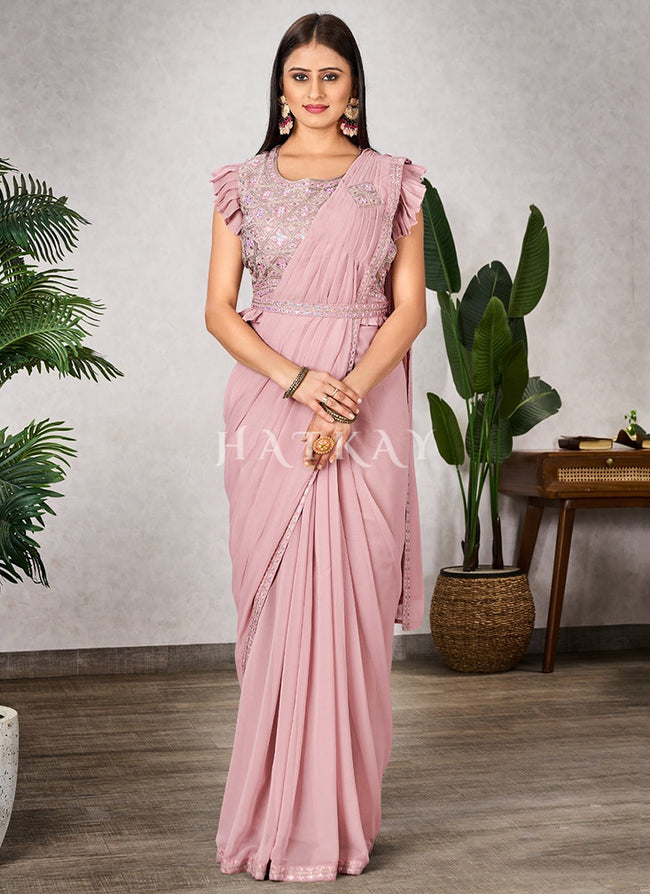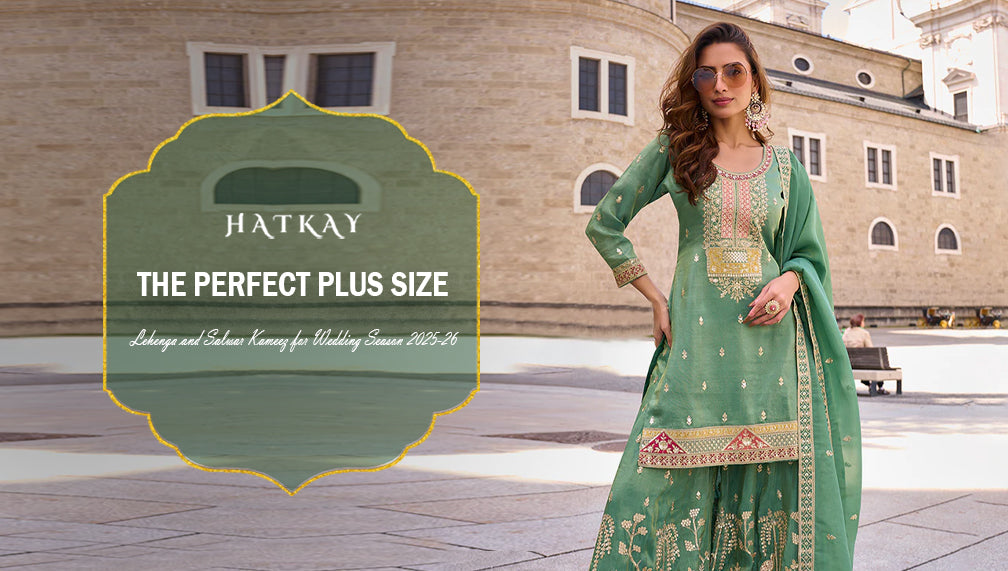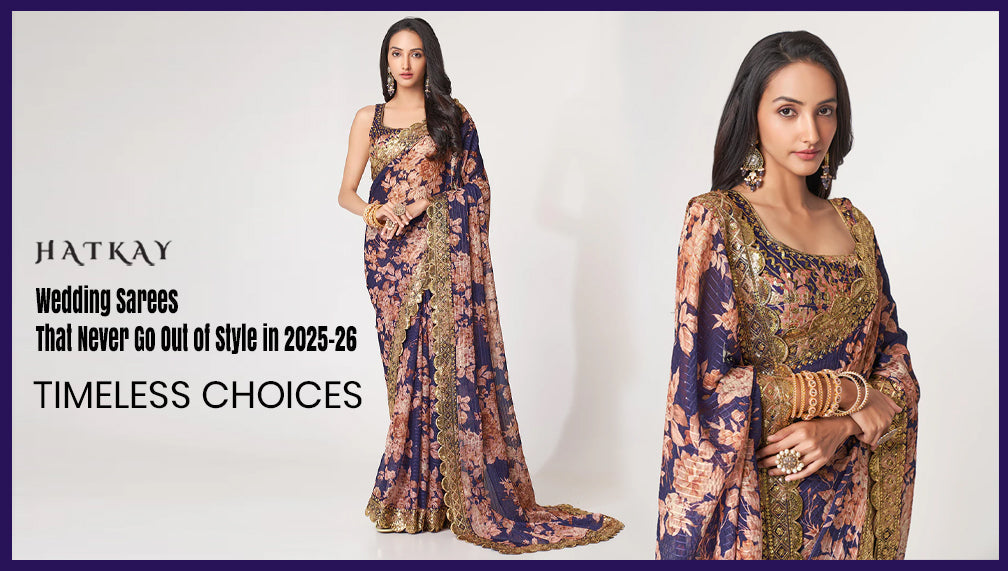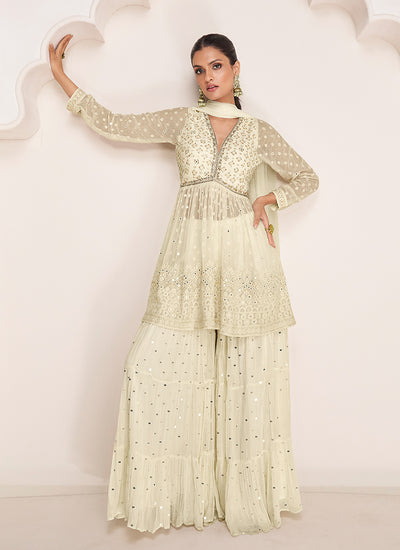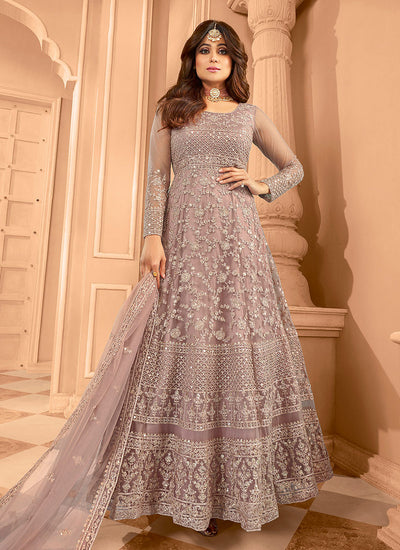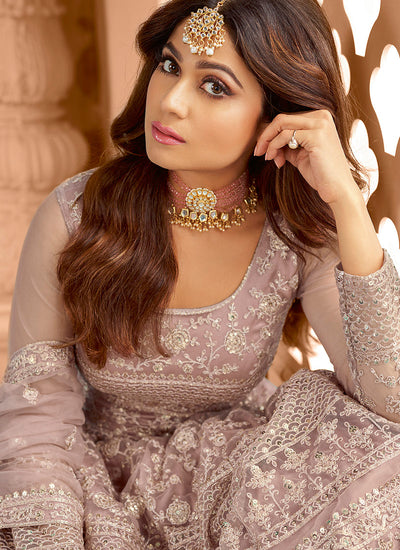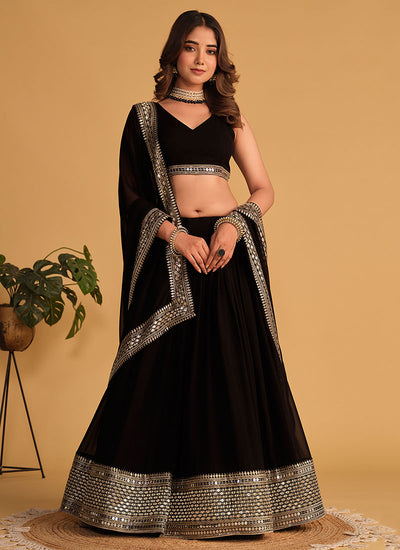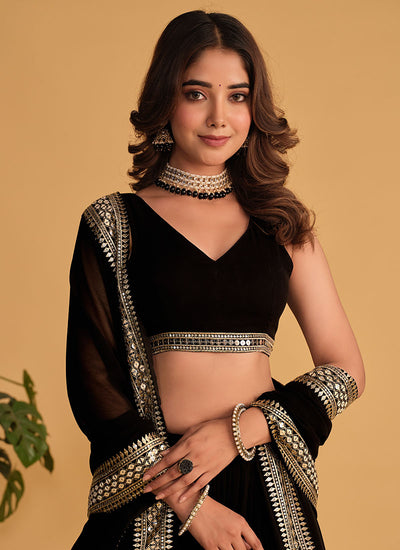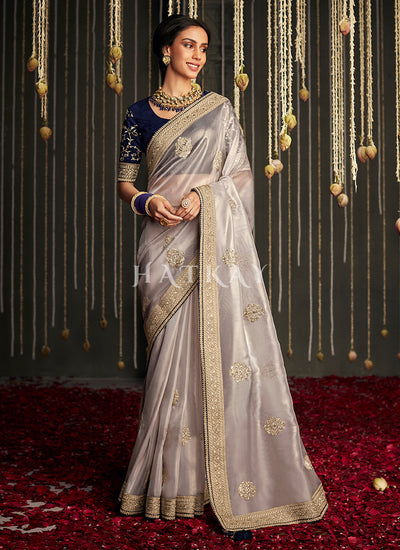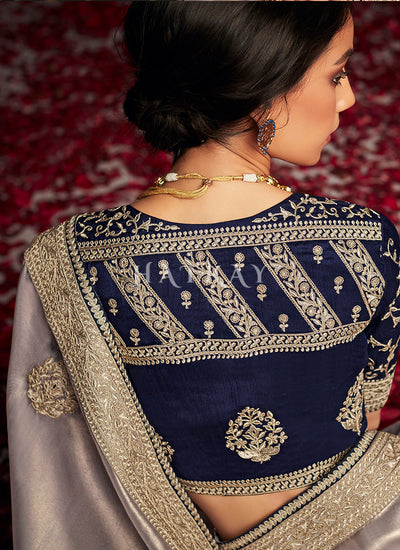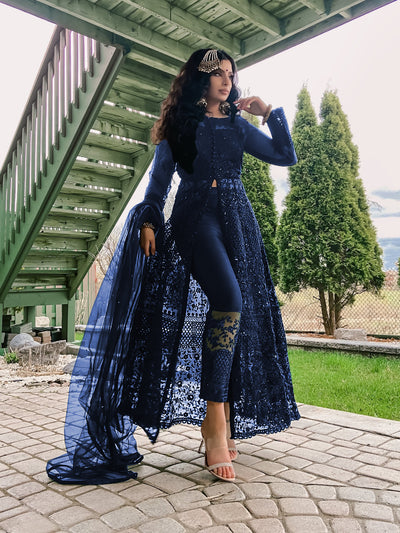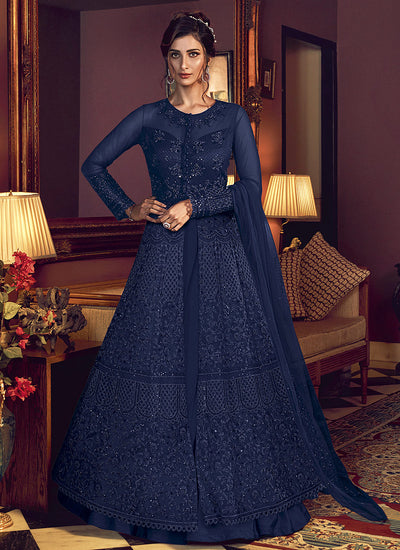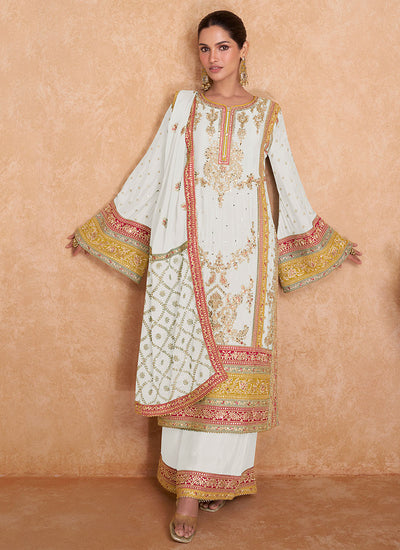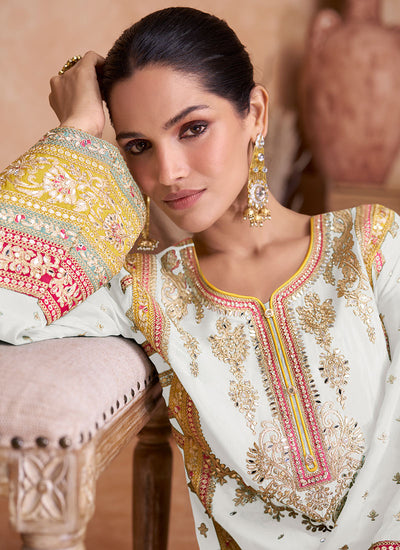
South Indian Sarees: A Timeless Tradition of Elegance and Grace
South Indian sarees are known for their rich textures, vibrant colors, and intricate designs that beautifully reflect the cultural heritage of the southern states of India. Whether it’s a wedding, festival, or special occasion, these sarees never fail to make a stunning impression. From the luxurious Kanjivaram to the delicate Mysore silk, South Indian sarees offer a diverse range of styles that are sure to captivate. In this guide, we’ll explore the various types of South sarees, their fabrics, and styling tips to help you make a memorable fashion statement.
Why Choose South Indian Sarees?
South Indian sarees are a perfect blend of tradition and sophistication. Here’s why they stand out:
-
Cultural Significance: South Indian sarees have a deep cultural connection, often worn at weddings, festivals, and important ceremonies.
-
Rich Fabrics: These sarees are made with luxurious fabrics like silk, cotton, and georgette, offering a combination of comfort and elegance.
-
Intricate Designs: South Indian sarees feature intricate designs, often with zari work, temple borders, and rich motifs like peacocks, elephants, and paisleys.
Popular Types of South Indian Sarees
-
Kanjivaram Saree: Originating from Tamil Nadu, Kanjivaram sarees are one of the most iconic South Indian sarees. Made from pure silk, these sarees are known for their vibrant colors and heavy zari work. They are often worn by brides and are a symbol of wealth and tradition.
-
Mysore Silk Saree: Mysore silk sarees from Karnataka are known for their softness and lightweight feel. These sarees feature fine silk fabric with subtle designs and are a popular choice for formal occasions, including weddings.
-
Pochampally Saree: Hailing from Telangana, Pochampally sarees are known for their ikat weaving technique. These sarees have a unique geometric design that adds a contemporary twist to the traditional saree.
-
Kasavu Saree: Popular in Kerala, the Kasavu saree is typically white or cream with a golden border. This simple yet elegant saree is often worn during Onam and weddings, representing purity and tradition.
-
Kalamkari Saree: Kalamkari sarees from Andhra Pradesh are hand-painted with intricate motifs inspired by Indian mythology. These sarees are a blend of traditional art and modern fashion.
-
Cotton Sarees: South India is known for its beautiful cotton sarees, which are lightweight and breathable. Ideal for summer, these sarees are available in various styles, colors, and patterns.
Fabrics Used in South Indian Sarees
South Indian sarees are crafted using a variety of fabrics, each with its own appeal:
-
Silk: Known for its luxurious shine and smooth texture, silk is the most common fabric used in South Indian sarees. It is often paired with rich zari work to create opulent designs.
-
Cotton: Cotton sarees are light, breathable, and ideal for everyday wear, especially during the summer months.
-
Georgette & Chiffon: These fabrics are used for more contemporary South Indian saree styles. They offer fluidity and grace, making them perfect for parties and casual gatherings.
-
Kora Silk: A lightweight variant of silk, kora silk is often used in sarees with minimal embroidery or for a more understated look.
Popular Colors for South Indian Sarees
South Indian sarees are available in a wide spectrum of colors, each carrying a special meaning:
-
Red: A traditional color, often associated with weddings and auspicious occasions.
-
Gold: Symbolizing prosperity and wealth, gold is often used in zari borders and designs.
-
Green: A color of fertility and vitality, green is commonly seen in festive sarees.
-
Yellow: The color of joy and celebration, yellow sarees are often worn during festivals like Pongal and Onam.
-
Pastels: Soft shades of pink, peach, and lavender are becoming increasingly popular for contemporary brides.
Styling Tips for South Indian Sarees
-
Jewelry: Traditional gold jewelry, like a long necklace, jhumkas, and bangles, complements South Indian sarees beautifully. For a modern look, you can opt for kundan or diamond jewelry.
-
Hairstyling: Traditional South Indian hairstyles include braids decorated with flowers like jasmine or roses. A sleek bun or open waves also pair well with these sarees for a contemporary touch.
-
Footwear: Traditional footwear like juttis or sandals is ideal to complete the look. For a modern flair, you can also opt for stilettos or block heels.
-
Draping Styles: The traditional drape of a South Indian saree, especially for Kanjivaram or Mysore silk sarees, involves pleating the front and draping the pallu over the shoulder. For a more modern look, the pallu can be draped in a sleek and angular style.
-
Blouse Styles: The blouse plays a major role in enhancing the overall look. Traditional blouses with short sleeves or deep back necklines are popular, but contemporary brides may choose sleeveless or off-shoulder blouses for a trendy look.
Conclusion: Embrace the Timeless Charm of South Indian Sarees
South Indian sarees are a symbol of elegance, tradition, and beauty. With their intricate designs, rich fabrics, and vibrant colors, they are perfect for a wide range of occasions—from weddings to festivals and casual gatherings. Whether you opt for the grandeur of a Kanjivaram or the simplicity of a Kasavu, these sarees are sure to make you feel like royalty.
So, celebrate the timeless charm of South Indian sarees, and let their elegance speak for itself at your next special occasion!













